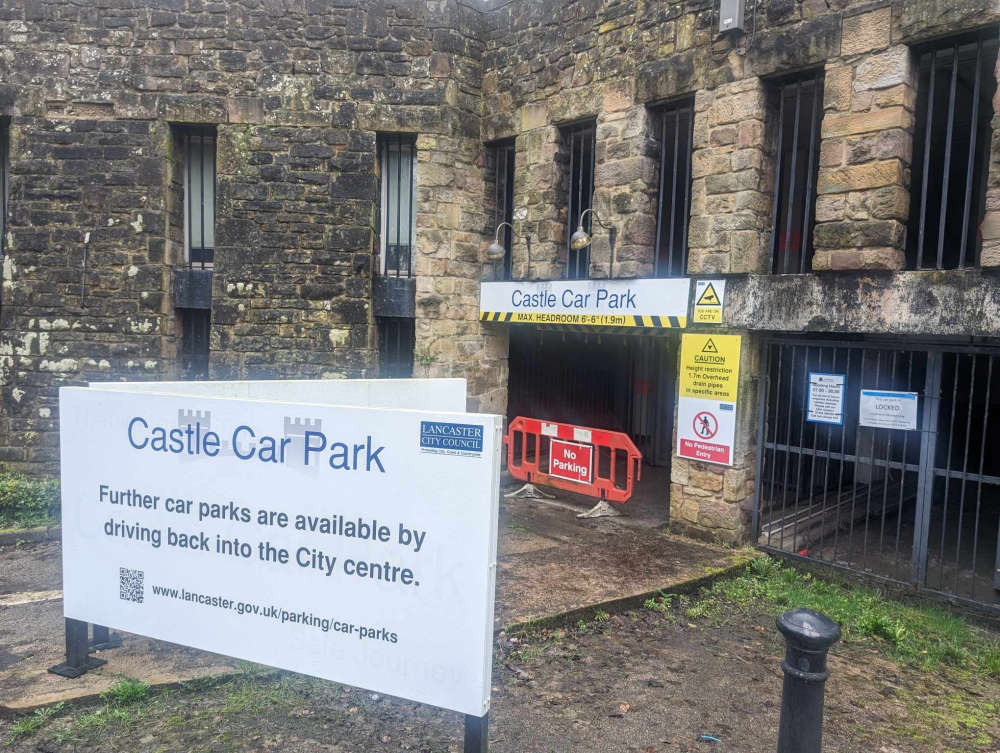
The targeted number of future parking spaces in council-run car parks has been increased after a backlash from local businesses.
Lancaster City Council cabinet this week agreed to work towards providing 1400 to 1500 car parking spaces in the city centre in future.
Their draft car parking strategy - a blueprint for the future of car parking in the city - had previously targeted 1300 to 1400 spaces.
There are currently a total of 1624 parking spaces in city council-run car parks in Lancaster city centre.
This includes permit-holders only car parking (which are not available for general use) and the 287-space Castle Car Park, which is currently closed for refurbishment due to safety reasons but is due to reopen in 2025, meaning the current number of available spaces for general use is 1302.
Lancaster business owners and residents have spoken out strongly against the council's draft parking strategy, which was published earlier this year.
They are worried that cutting car parking spaces in Lancaster city centre would "kill the high street".
Aside from setting out a target for parking space numbers, the strategy suggests relocating two multi-storey car parks to the fringes of the city centre.
It also suggests that three permit-only car parks in Lancaster would be converted to short-stay within the next three years, parking at the car park opposite the old Kingsway bus station would be expanded to create 20-70 new long-stay spaces, and 70-150 temporary coach and car parking spaces would also be created on council land by early 2025 at locations to be confirmed.
Lancaster City Council said this would be to counteract the planned loss of parking spaces when new housing is built on the Nelson Street and St Leonardsgate car parks as part of the planned Canal Quarter development.
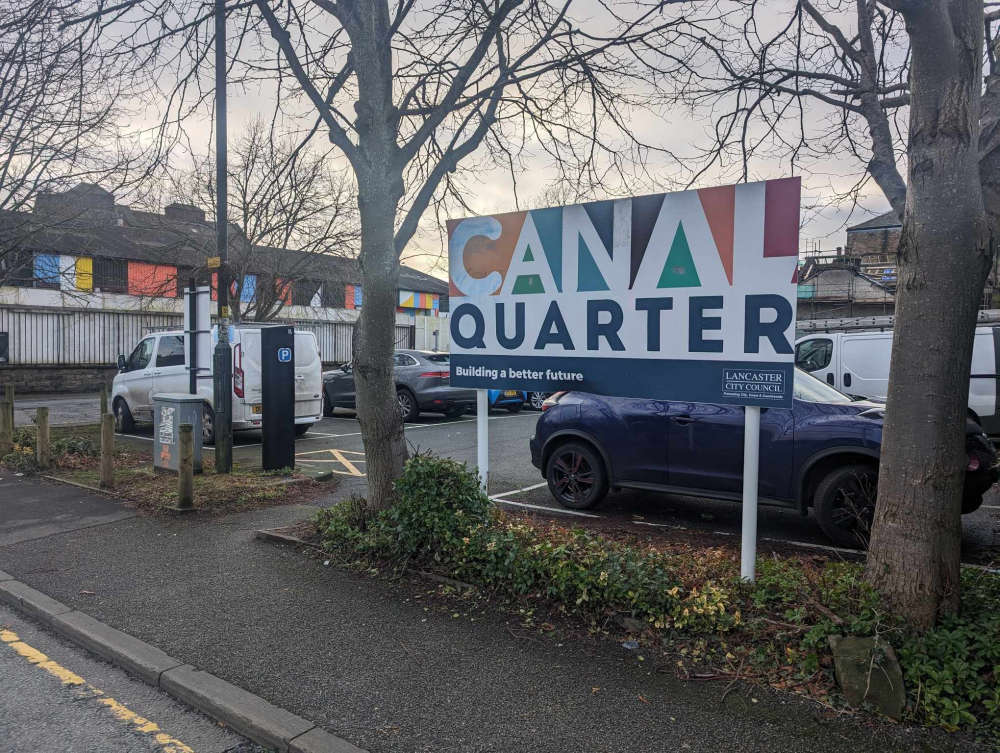
A loss of 126 spaces is expected from mid-2025 at Nelson Street, followed by a loss of 181 spaces and six coach parking spaces at Upper and Lower St Leonardsgate by 2026.
There are also long-term plans to build on the 89-space Edward Street car park, but the council said there would be a "managed and phased release" of car parking spaces to "ensure limited net loss".
The city council said that any net loss of spaces would not affect the continuing availability of private parking in Lancaster, nor the availability of on-street parking provided by Lancashire County Council.
The draft strategy also includes a plan to close all 'small surface' car parks within 15 years.
These include Lucy Street, Wood Street, Spring Garden Street, Windy Hill and Bridget Street car parks. But the council said that "any potential closure of these car parks will be dependent on the success of the long term strategy".
The draft strategy also includes promoting the use of modern technology for car parking payments, developing an electric vehicle charging strategy, and encouraging use of existing Park and Ride facilities including the 650-space Park and Ride at the junction of Caton Road and the M6 Junction 34, which is run by Lancashire County Council.
INTERVIEW: More revealed on future of multi-storey car parks in Lancaster city centre - Beyond Radio
This week, Lancaster City Council cabinet agreed that "future car parking policy options for Lancaster city centre are developed within a strategic context of providing between 1400 and 1500 council operated car parking spaces, with an ambition to achieve the higher figure".
A public consultation on the council's draft car parking strategy closed earlier this year.
A council report said: "The evidence provided in the consultation has led to officers recommending consideration of increasing the strategic number of car parking spaces regarded as optimal for the city centre.
"This arises from: evidence/comment from the consultation around parking difficulties and space availability, the need to take account of parking permit current and future use, the lack of city council control over the major transport public improvement policy levers, difficulty in judging timing and impact of future parking space demand drivers - either those potentially reducing demand (in the sense of policy action to mitigate number of car journeys) and those potentially increasing demand (for example general economic/housing growth and strategic interventions such as Eden Morecambe)."
On Castle Car Park, the report said: "The council leases the car park from the Department of Work & Pensions who have responsibility for the structure.
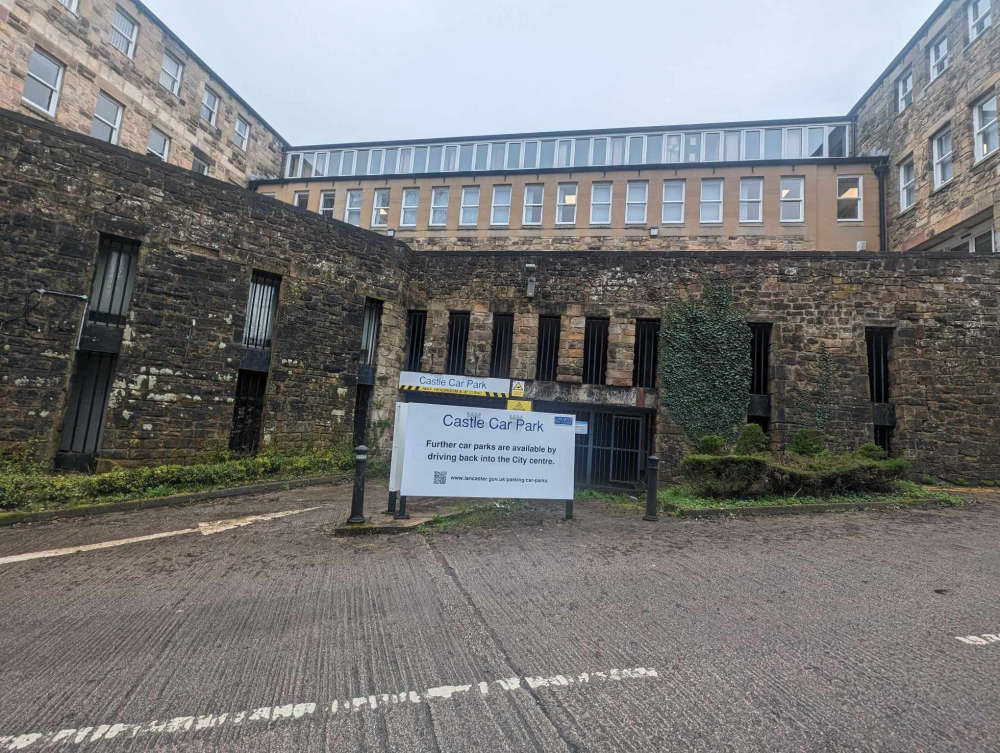
"The landlord has undertaken initial assessment of the building condition and have now engaged technical engineering experts to investigate the works needed to bring the car park back into use.
"The city council is in continued dialogue with the landlord on programming the required works."
On the Nelson Street plans, it said: "Following procurement phase the city council has appointed RP Tyson/South Lakes as its preferred housing developer partner and is working towards finalising a development agreement which could see a start on site during mid-2025.
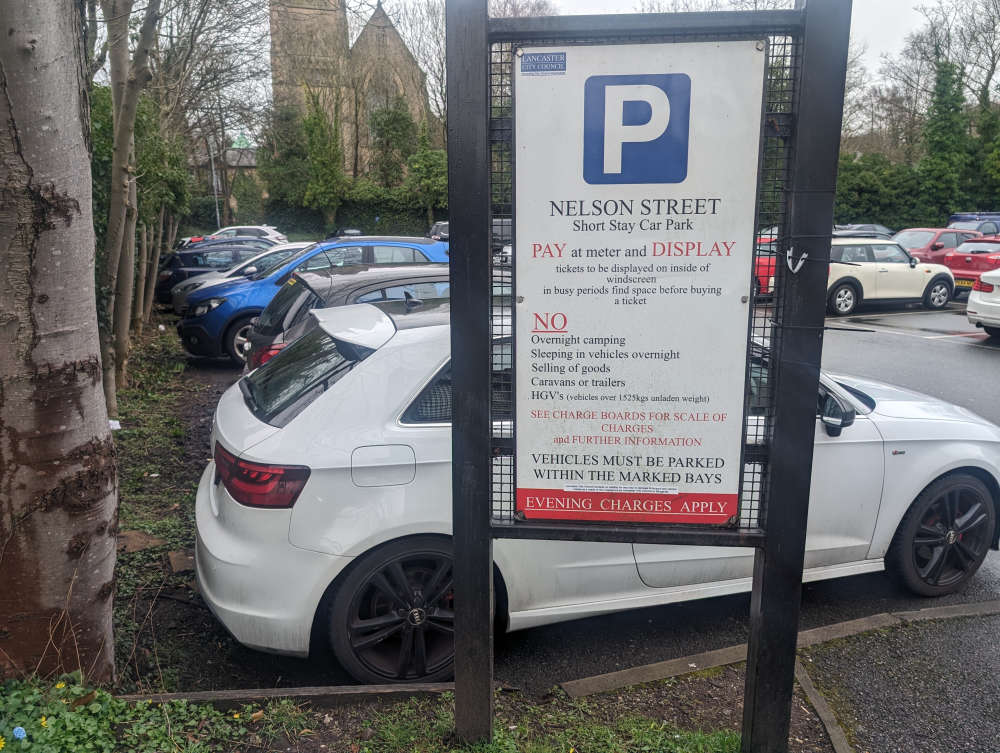
"If the above are progressed achieved the parking portfolio for general use would then stand at 1469 spaces.
"This is within the revised recommended optimal range and exceeding current space availability, which is 1302 spaces by 167 bays."
The report also says: "Concerns from the business community, about the long-term provision of public parking, and general parking are understood.
"Through the draft Lancaster City Centre Car Parking Strategy and Action Plan, alongside ongoing work with county council, the issue will be addressed at a strategic city-wide level, with appreciation of the statutory strategic policy imperatives the city council is working within.
"Principally these are: its declared Climate Emergency, the Lancaster Highways and Transport Masterplan 2016, and the need to promote modal shift towards sustainable forms of transport such as cycling, walking and public transport. All of these matters have to be balanced pragmatically with the need to maintain sufficient car parking for general city centre economic health and accessibility."
At a cabinet meeting held on Tuesday, Councillor Jean Parr proposed that the recommendations in the report be approved.
“That the recommendations, as set out in the report, be approved.”
Councillors then voted unanimously that "future car parking policy options for Lancaster city centre are developed within a strategic context of providing between 1400 and 1500 council operated car parking spaces, with an ambition to achieve the higher figure subject to satisfactory evidence being collated of need, that the Lancaster City Centre Car Parking Strategy and Action Plan adopts this criteria and framework in any future strategy iterations to be considered by Cabinet, that maintaining an optimal and efficiently managed quantity of public car parking provision in and around Lancaster city centre is a key priority for the city council, and its long-term provision, location and typology should form an explicit part of the sustainable travel and transport policy agenda for the city, and that he increase in strategic numbers provides Cabinet with further comfort, in terms of the ongoing maintenance of city centre economic health, city centre accessibility and car user utility, for the progression of the planned release of Nelson Street car park for affordable housing".



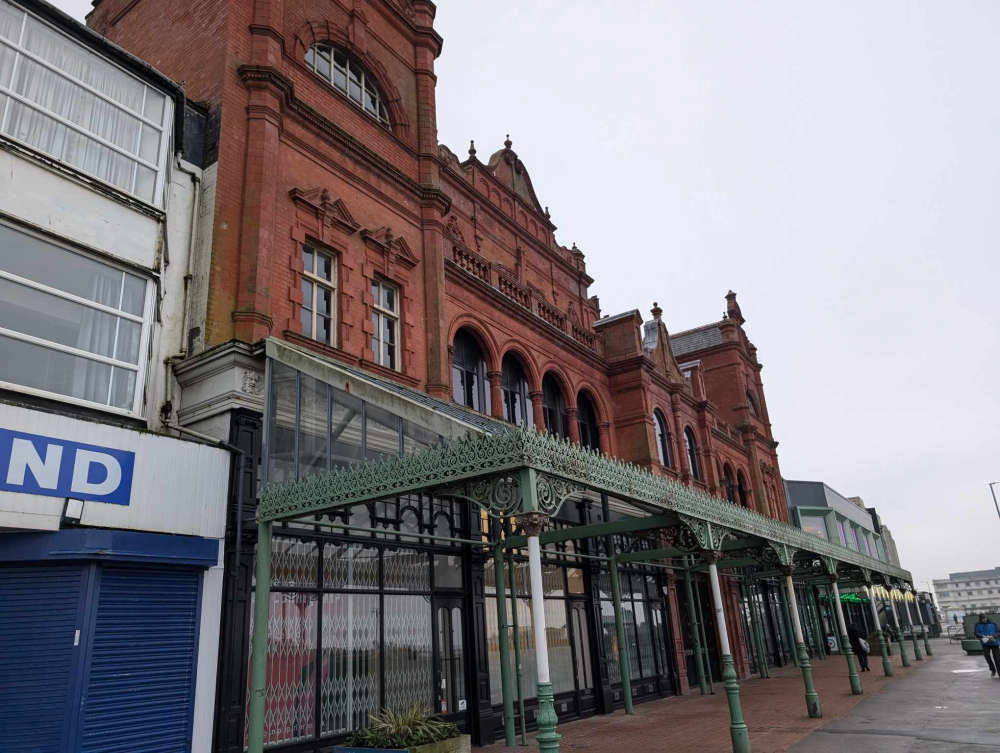 Morecambe Winter Gardens to open to public for new season
Morecambe Winter Gardens to open to public for new season
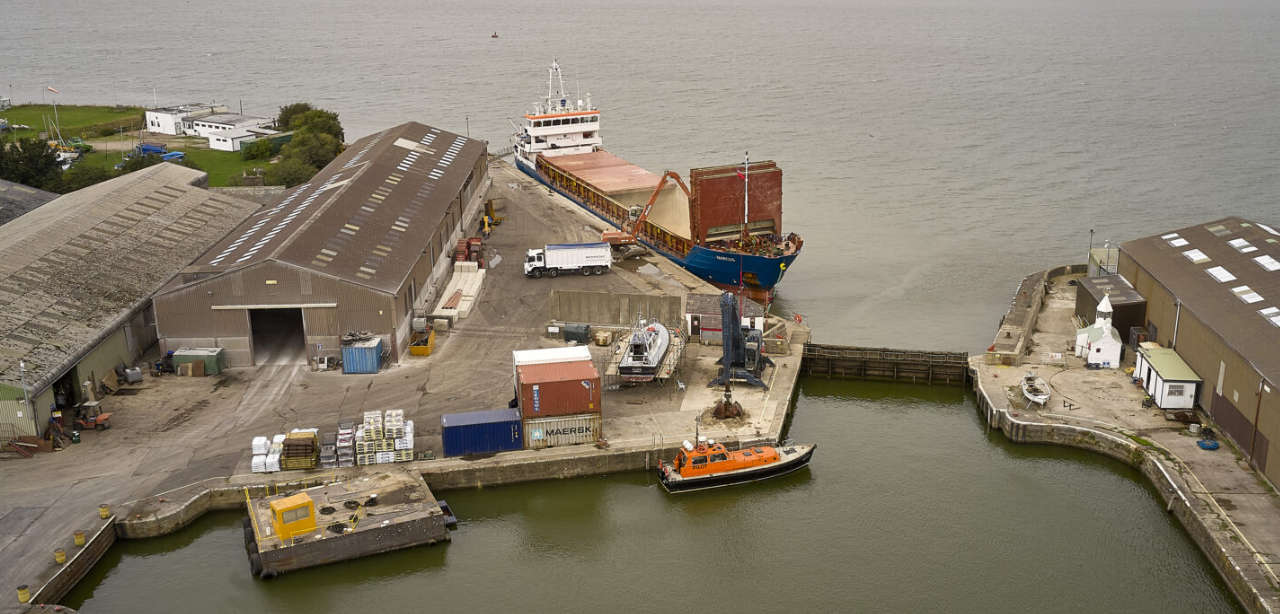 Cash for repairs to Lancaster Port gate announced in £6.5m flood defence package
Cash for repairs to Lancaster Port gate announced in £6.5m flood defence package
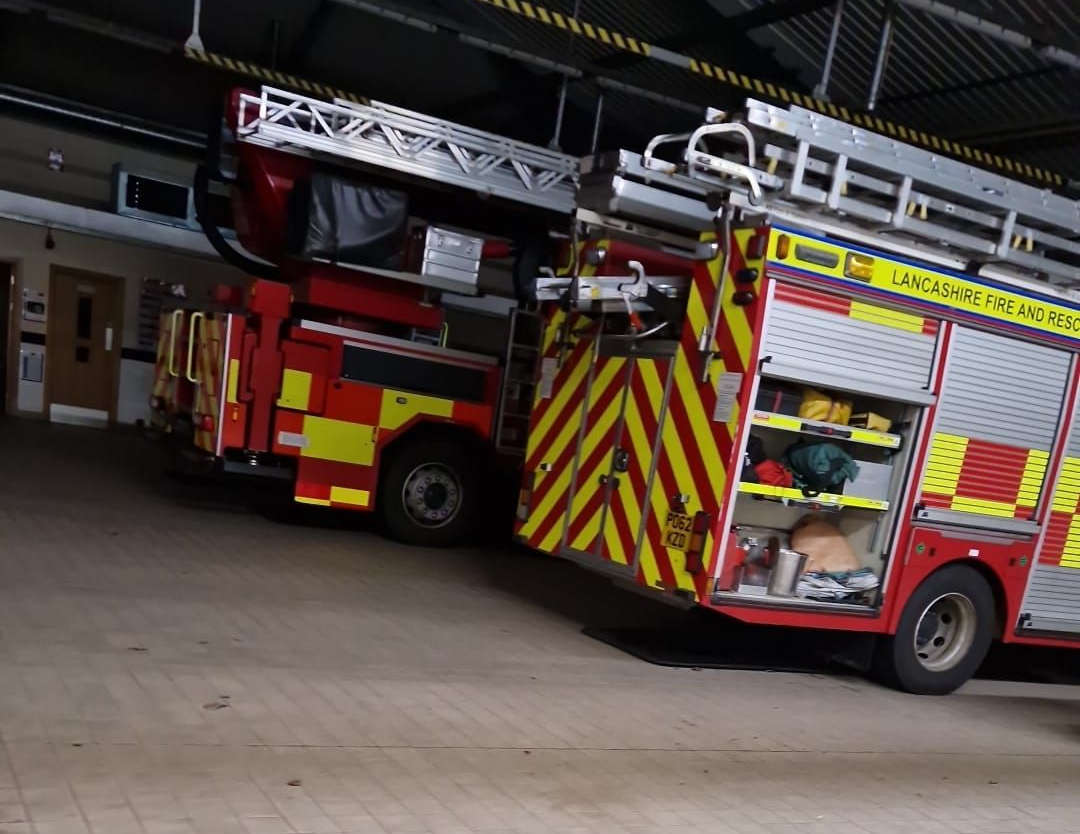 Carnforth fire crews issues safety advice after tackling blazes in the open
Carnforth fire crews issues safety advice after tackling blazes in the open
 EXCLUSIVE: Battle of Britain Dakota display announced for Armed Forces Day in Morecambe
EXCLUSIVE: Battle of Britain Dakota display announced for Armed Forces Day in Morecambe
 Heysham school to open new nursery after government cash boost
Heysham school to open new nursery after government cash boost
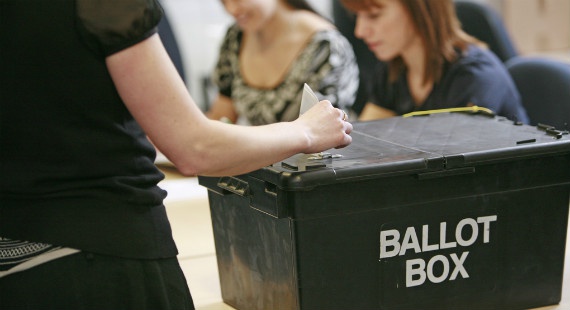 Local election candidates announced
Local election candidates announced
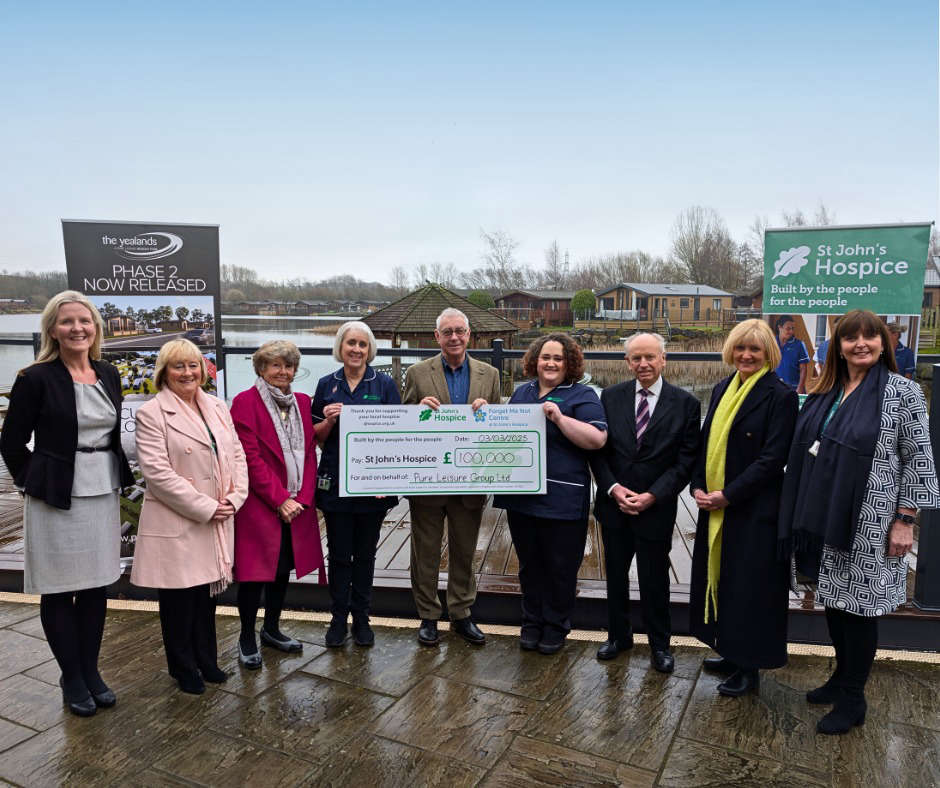 Holiday park empire donates £100K to Lancaster hospice
Holiday park empire donates £100K to Lancaster hospice
 Lancaster and Morecambe events will 'Spring into Action' over food
Lancaster and Morecambe events will 'Spring into Action' over food
 Lancaster City Council shortlisted for four local government awards
Lancaster City Council shortlisted for four local government awards
 Man pleads guilty to Heysham murder
Man pleads guilty to Heysham murder
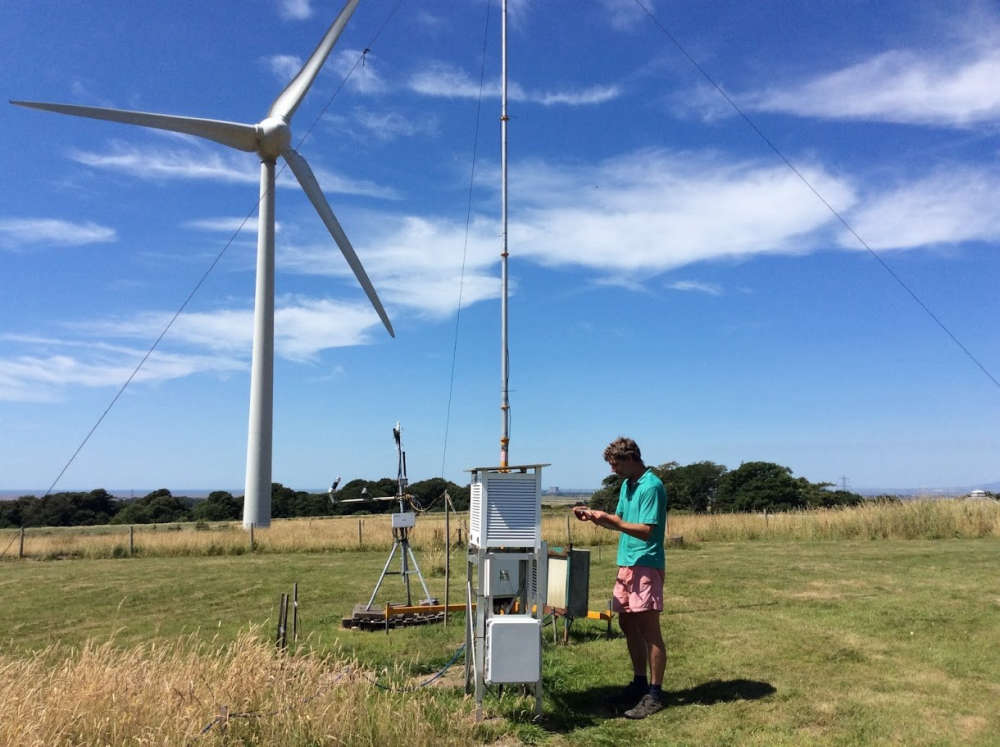 Driest March in Lancaster since records began
Driest March in Lancaster since records began
 Pioneering Morecambe 'podcast' from 1980s unearthed after 44 years
Pioneering Morecambe 'podcast' from 1980s unearthed after 44 years
 Lorry driver from Morecambe arrested after positive roadside drug test
Lorry driver from Morecambe arrested after positive roadside drug test
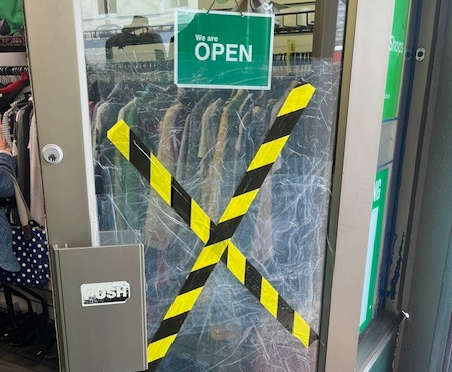 Hundreds raised after vandalism to Lancaster hospice shop
Hundreds raised after vandalism to Lancaster hospice shop
 Plans under way to bring spring flowerbed planting back to Morecambe
Plans under way to bring spring flowerbed planting back to Morecambe
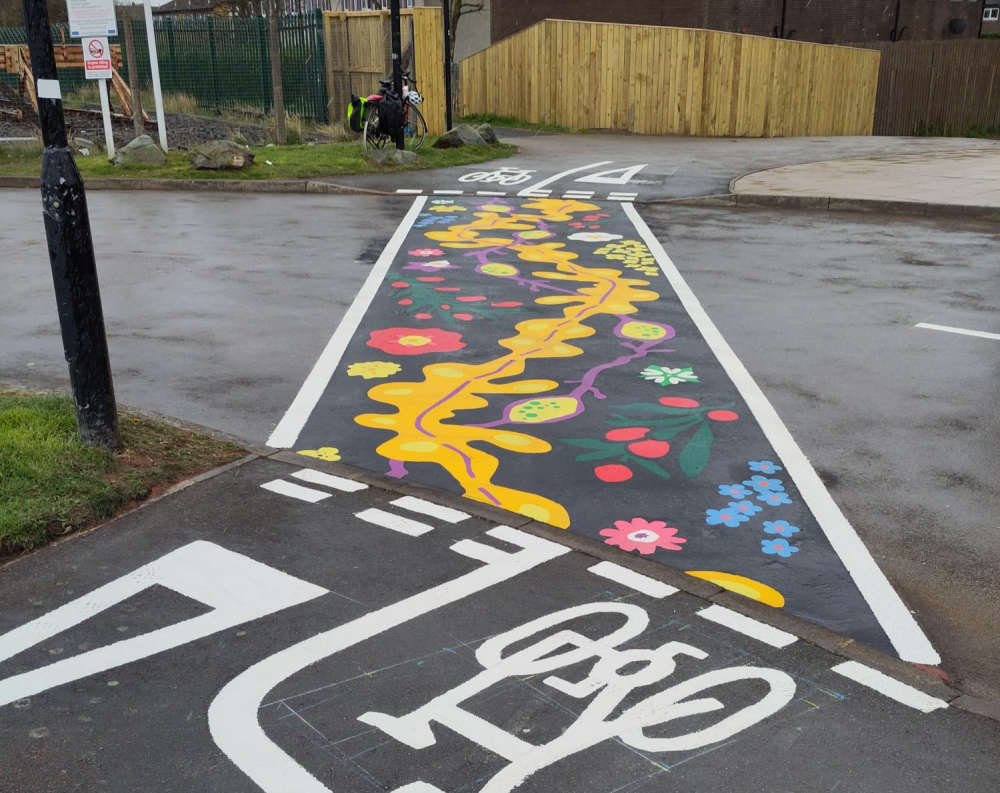 New cycle and pedestrian friendly crossing completed in Morecambe
New cycle and pedestrian friendly crossing completed in Morecambe
 INTERVIEWS: Morecambe Bay visitor guide launched with high hopes for tourist season
INTERVIEWS: Morecambe Bay visitor guide launched with high hopes for tourist season
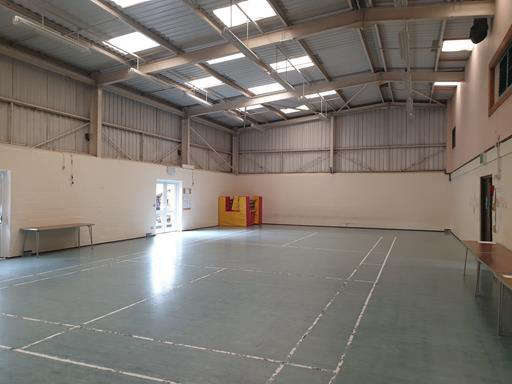 Council looking at ways to fund £1m refurb of village hall in Carnforth
Council looking at ways to fund £1m refurb of village hall in Carnforth
 Pan-disability game at Morecambe FC will raise awareness of autism
Pan-disability game at Morecambe FC will raise awareness of autism
 Morecambe lifeboat crew respond to reports of ‘flashing lights and red flares’
Morecambe lifeboat crew respond to reports of ‘flashing lights and red flares’




